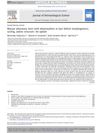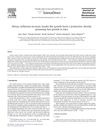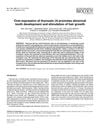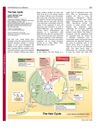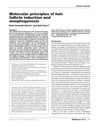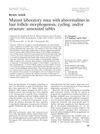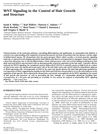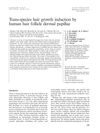An Integrated Analysis of MicroRNA and mRNA Expression Profiles to Identify RNA Expression Signatures in Lambskin Hair Follicles in Hu Sheep
July 2016
in “
PLoS ONE
”
TLDR Certain miRNAs and genes influence wave patterns in Hu sheep hair follicles.
The study aimed to identify microRNAs (miRNAs) and genes involved in the development of hair follicles in Hu sheep, focusing on different wave patterns in lambskin. Using high-throughput sequencing, researchers found differentially expressed miRNAs and genes between small, medium, and large wave patterns. Specifically, 13, 24, and 18 miRNAs, and 54, 190, and 81 genes were differentially expressed between small and large, small and medium, and medium and large waves, respectively. These genes were involved in processes like cell differentiation and growth, and were linked to MAPK and Notch signaling pathways. The study concluded that these miRNAs and genes likely played a significant role in forming different wave patterns, providing insights into the molecular mechanisms of hair follicle development in Hu sheep.

